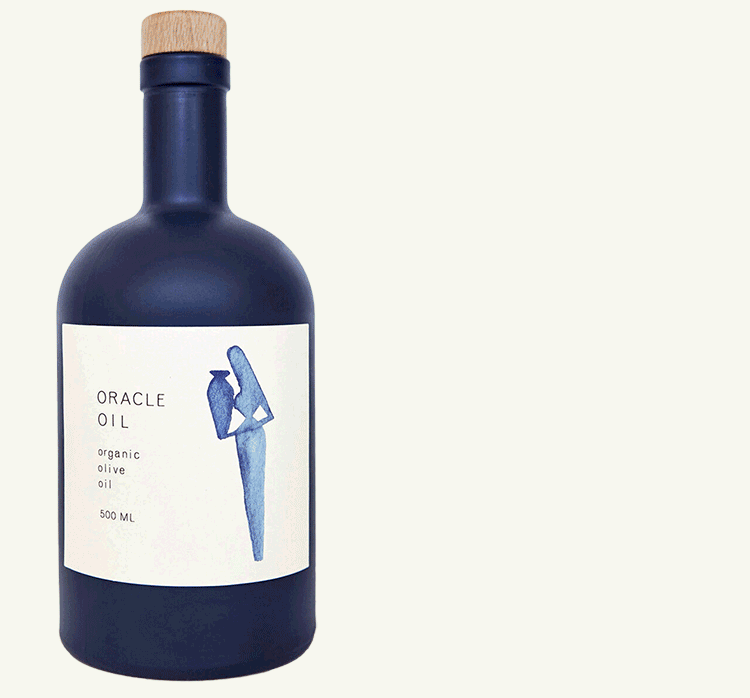What Makes a Great Olive Oil?
by Cristiana
·
Not all olive oil is created equal. To reap the full benefits of this superfood, consider the following before buying your next bottle:
Harvest Date
Don't let the expiration date fool you; the harvest date is more important since it tells you exactly when the oil was produced. You have approximately 18 months from the harvest date to consume the oil (assuming it was harvested early and stored correctly).
Variety & Region
Pay close attention to the olive variety and region — both of which should (hopefully!) be listed on the bottle. Essentially, you want your oil to be as "traceable" as possible; this will help you determine if the oil is genuinely farm-to-fork (or, in this case, grove-to-spoon). Many olive oils are mixed from different regions and even different countries.
The Bottle Itself
Exceptional olive oil is always packaged in glass, ceramic, or stainless steel. As a general rule of thumb, avoid anything stored in plastic or tin, as those materials can leach chemicals into the oil. The bottle should also be either dark in color or UV-coated to prevent sunlight from degrading the quality of the oil.

To choose Oracle Oil is to choose great olive oil.
Every one of our bottles is:
MADE of opaque navy-blue glass with a UV-coating to prevent any oxidation of the oil through light exposure.
MARKED with its harvest date, so you can choose when best to use it. Pro move: Once you open your bottle, jot down the date on the label itself, next to our harvest date, so you can be sure to consume it at its best (we recommend within 3-4 months after opening).
LABELED with its origin. Our olives are grown amidst rolling acres of sweet citrus nestled along the shores of The Peloponnese and framed by the Taygetus mountain range, which accounts for its smooth, delicate taste. Thanks to the region's dry, hilly terrain and unique microclimate, Oracle Oil has extremely low acidity—0.26%, to be exact.
